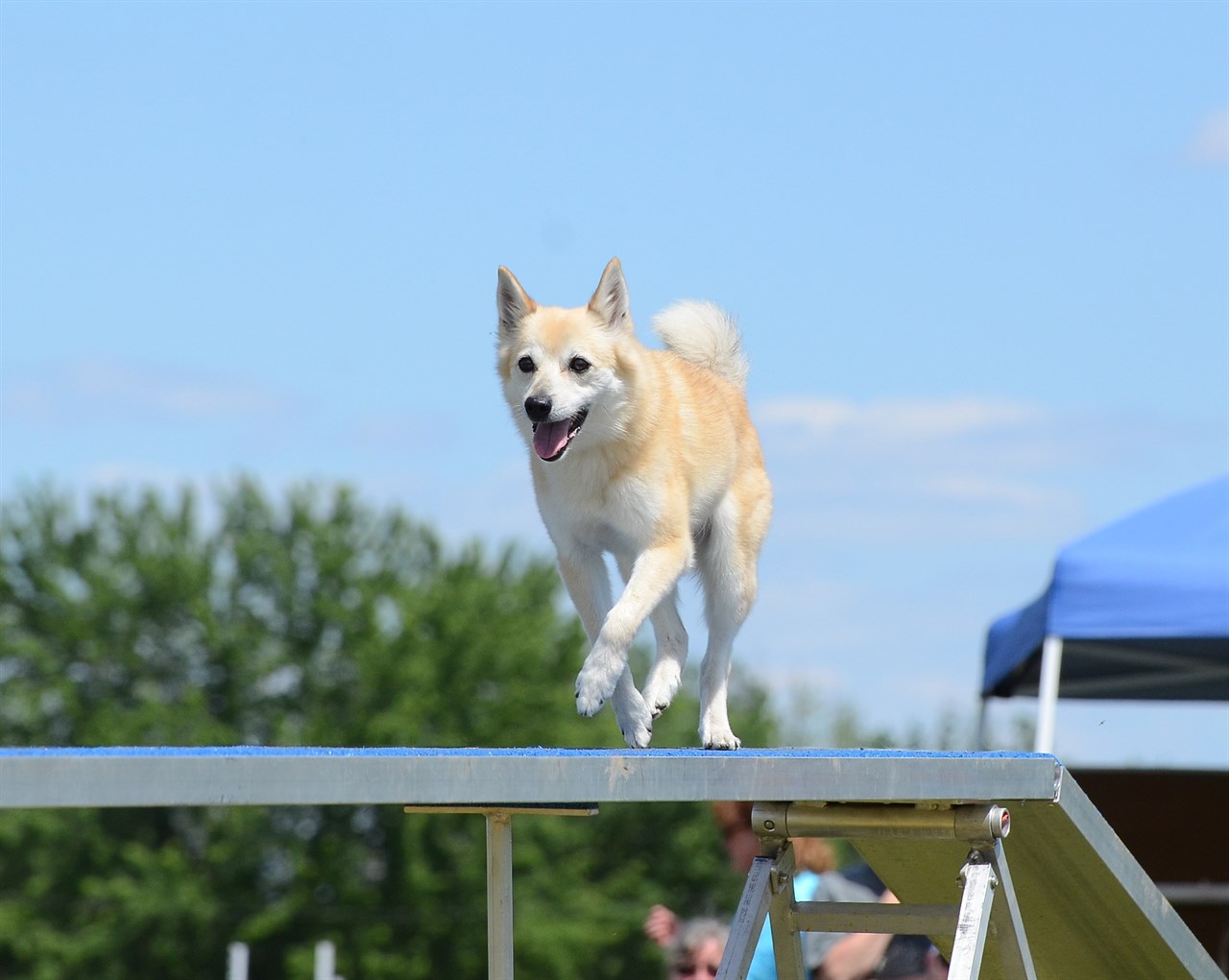Barking Habits of the Norwegian Buhund: A Vocal and Expressive Breed

The Norwegian Buhund is a breed known for its strong vocal tendencies and expressive nature. Understanding their barking habits is essential for both prospective owners and current guardians. Here's a closer look at the barking habits of the Norwegian Buhund.
Alertness and Watchfulness
Norwegian Buhunds are naturally alert and watchful dogs. Historically, they were bred as farm dogs responsible for herding livestock and guarding property. This innate vigilance makes them quick to notice any changes in their surroundings or unusual sounds, which may trigger barking.
Alarm Barkers
Buhunds are excellent alarm barkers. They are not hesitant to use their voices to alert their owners to potential threats or disturbances. This trait makes them effective watchdogs, as they will vocally notify their owners of any perceived intruders or unusual activity.
Communication
Barking is a primary means of communication for Norwegian Buhunds. They may bark to express their needs, whether it's for attention, food, or a bathroom break. Understanding the context of their barking can help you address their specific needs.
Playfulness
Norwegian Buhunds are known for their playful nature. During playtime, they may bark to express excitement or engage with their playmates, whether they are humans or other dogs. This type of barking is usually accompanied by tail wagging and an overall happy demeanour.
Exercise and Stimulation
Insufficient exercise or mental stimulation can lead to boredom, which may result in excessive barking. Norwegian Buhunds have high energy levels and require both physical and mental activities to stay content. Engaging them in play, training sessions, or providing puzzle toys can help prevent excessive barking due to boredom.
Separation Anxiety
Like many breeds, Norwegian Buhunds can develop separation anxiety when left alone for extended periods. This anxiety may manifest as barking and other undesirable behaviours. Proper training, gradual desensitisation to being alone, and providing comforting toys can help alleviate separation anxiety-related barking.
Training and Management
Norwegian Buhunds can be trained to control their barking. Positive reinforcement techniques, such as rewarding quiet behaviour and using commands like "quiet" or "enough," can be effective. However, it's essential to approach barking management with patience and consistency, avoiding harsh punishments that can create fear or anxiety.
Vocal Expression
It's crucial to remember that barking is a natural form of expression for dogs. While excessive or nuisance barking should be addressed, it's also essential to respect their need to communicate. Understanding the context and cause of their barking can help you respond appropriately.
In summary, Norwegian Buhunds are vocal and expressive dogs, primarily using barking as a means of communication and alerting their owners. While their barking habits can be managed and trained, it's essential to strike a balance between addressing excessive barking and allowing them to express themselves naturally. With proper training, socialisation, and mental stimulation, you can help your Norwegian Buhund become a well-behaved and content companion.
Norwegian Buhund puppies for sale
- Find Norwegian Buhund puppies for sale in ACT
- Find Norwegian Buhund puppies for sale in NSW
- Find Norwegian Buhund puppies for sale in NT
- Find Norwegian Buhund puppies for sale in QLD
- Find Norwegian Buhund puppies for sale in SA
- Find Norwegian Buhund puppies for sale in TAS
- Find Norwegian Buhund puppies for sale in VIC
- Find Norwegian Buhund puppies for sale in WA